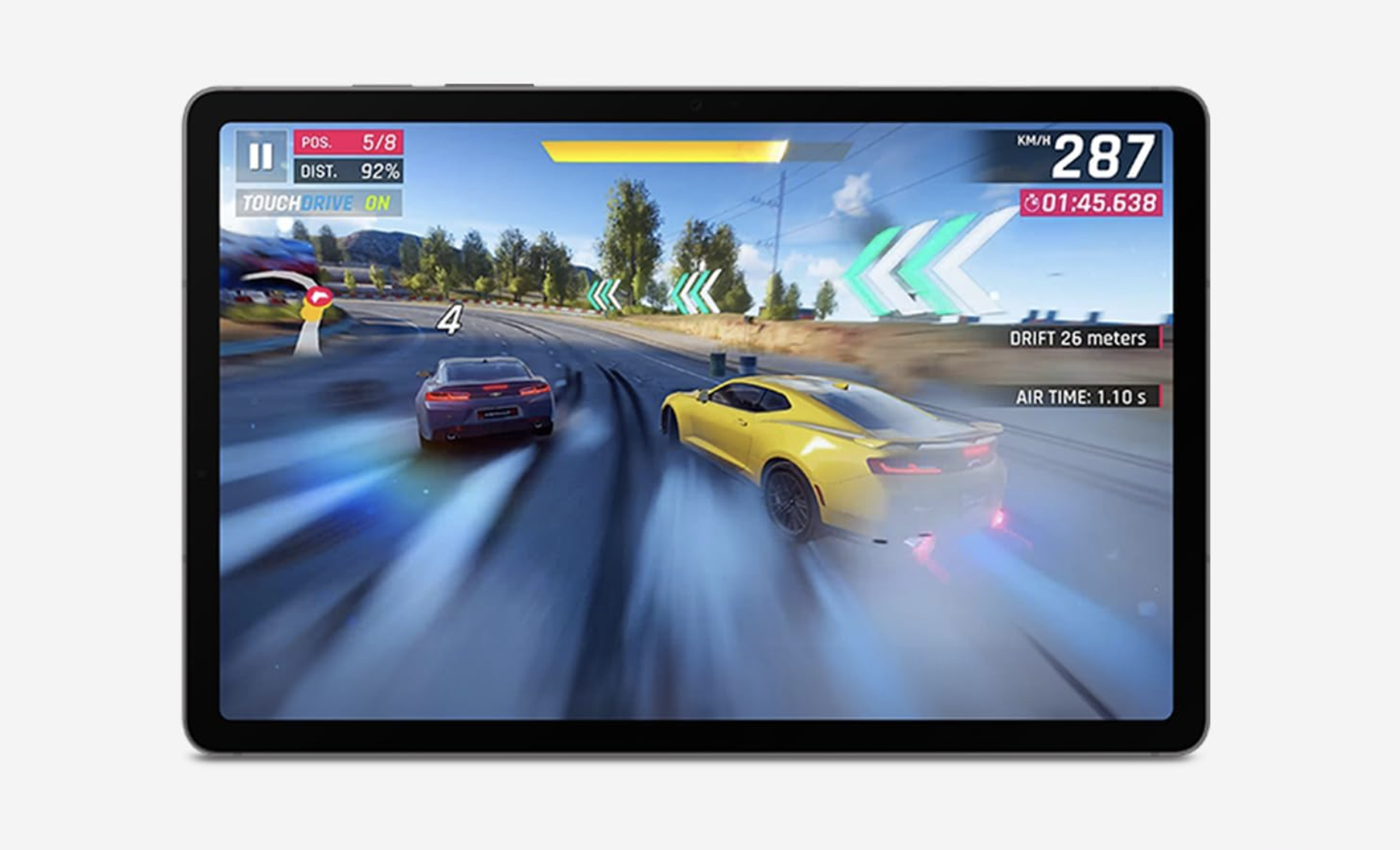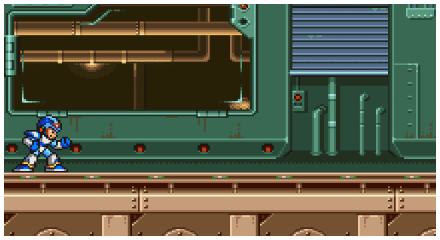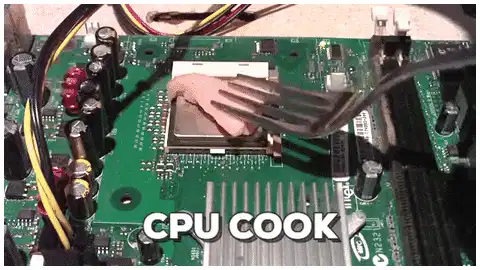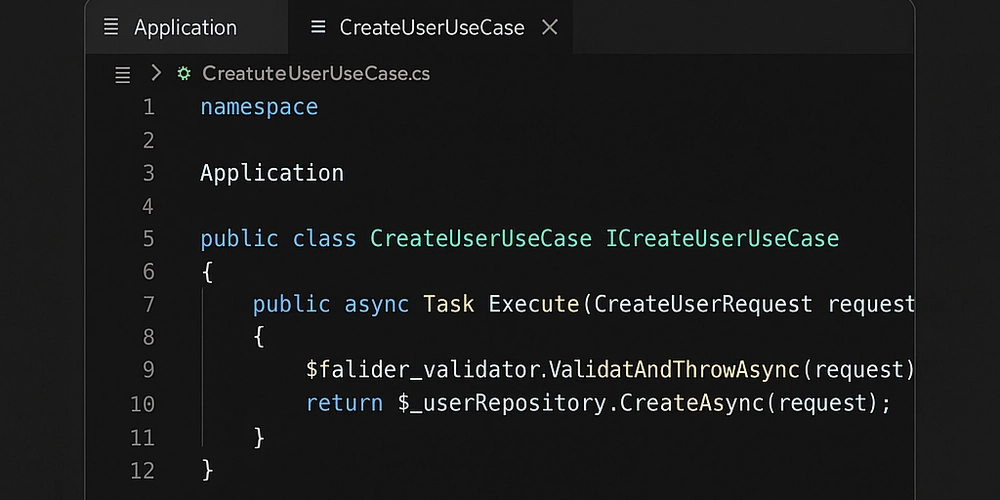Maximizing Memory Management: Object Pooling in Games
As I shared in my first post, I started programming games without much ambition -- I just wanted to have fun with my friends. Back then, I didn't really think about what was happening behind the scenes, especially when it came to memory management or performance. I just wanted to make little games, and that was it! However, as I dove deeper, studying programming more seriously and working professionally, I learned that creating and destroying objects all the time comes at a cost. And this becomes crucial when porting games to consoles or when we need to ensure a game runs well on more limited systems. In any case, in real-time applications like games -- and even more so in embedded systems -- efficient memory management is ESSENTIAL. That’s when I discovered the concept of Object Pooling. I remember that some veteran friends had mentioned it before, but I completely ignored it at the time. What is Object Pooling? Instead of creating and destroying objects during gameplay (which consumes processing power and constantly allocates/deallocates memory), Object Pooling is a technique where you pre-create a set of objects and reuse them. When you need an object, you take an available one from the pool. When you're done using it, you reset it and return it to the pool for future use. This avoids costly operations like memory allocation and garbage collection, making your game much faster and more stable — especially in situations with lots of projectiles, enemies, effects, or particles. Notice in the GIF below that our friend Megaman X can only fire up to three bullets at a time. This is a classic example of object pooling: each projectile is kept "off-screen" in a pool of three, deactivated and waiting for the player to fire. Why is Object Pooling so important? Performance Boost: Reduces CPU and memory usage. Consistency: Prevents random frame drops or micro-freezes. Control: You know exactly how many objects exist at any moment. Scalability: Helps your game handle large numbers of simultaneous objects better. Even with today’s powerful consoles, we can’t go overboard with objects being constantly created and destroyed. And in embedded systems, where resources are extremely limited, techniques like object pooling aren't just good practices -- they’re necessary. Is it really necessary to implement Object Pooling? A common question -- especially for those using modern engines like GameMaker, Godot, Unity, or Unreal -- is: "If there’s already automatic Garbage Collection, do I still need to worry about this?" I’ve asked myself that same question before. The answer is: it depends on your project.
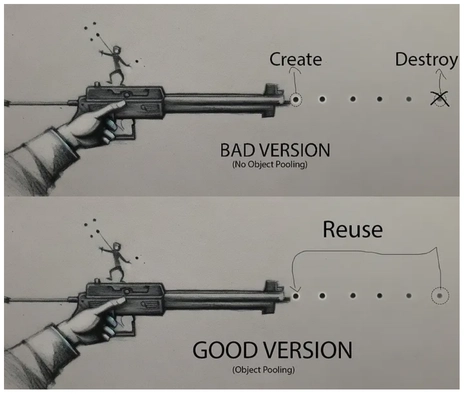
As I shared in my first post, I started programming games without much ambition -- I just wanted to have fun with my friends. Back then, I didn't really think about what was happening behind the scenes, especially when it came to memory management or performance. I just wanted to make little games, and that was it!
However, as I dove deeper, studying programming more seriously and working professionally, I learned that creating and destroying objects all the time comes at a cost. And this becomes crucial when porting games to consoles or when we need to ensure a game runs well on more limited systems.
In any case, in real-time applications like games -- and even more so in embedded systems -- efficient memory management is ESSENTIAL. That’s when I discovered the concept of Object Pooling. I remember that some veteran friends had mentioned it before, but I completely ignored it at the time.
What is Object Pooling?
Instead of creating and destroying objects during gameplay (which consumes processing power and constantly allocates/deallocates memory), Object Pooling is a technique where you pre-create a set of objects and reuse them.
When you need an object, you take an available one from the pool.
When you're done using it, you reset it and return it to the pool for future use.
This avoids costly operations like memory allocation and garbage collection, making your game much faster and more stable — especially in situations with lots of projectiles, enemies, effects, or particles.
Notice in the GIF below that our friend Megaman X can only fire up to three bullets at a time. This is a classic example of object pooling: each projectile is kept "off-screen" in a pool of three, deactivated and waiting for the player to fire.
Why is Object Pooling so important?
- Performance Boost: Reduces CPU and memory usage.
- Consistency: Prevents random frame drops or micro-freezes.
- Control: You know exactly how many objects exist at any moment.
- Scalability: Helps your game handle large numbers of simultaneous objects better.
Even with today’s powerful consoles, we can’t go overboard with objects being constantly created and destroyed. And in embedded systems, where resources are extremely limited, techniques like object pooling aren't just good practices -- they’re necessary.
Is it really necessary to implement Object Pooling?
A common question -- especially for those using modern engines like GameMaker, Godot, Unity, or Unreal -- is: "If there’s already automatic Garbage Collection, do I still need to worry about this?"
I’ve asked myself that same question before. The answer is: it depends on your project.



































































































































































![[The AI Show Episode 143]: ChatGPT Revenue Surge, New AGI Timelines, Amazon’s AI Agent, Claude for Education, Model Context Protocol & LLMs Pass the Turing Test](https://www.marketingaiinstitute.com/hubfs/ep%20143%20cover.png)













































































































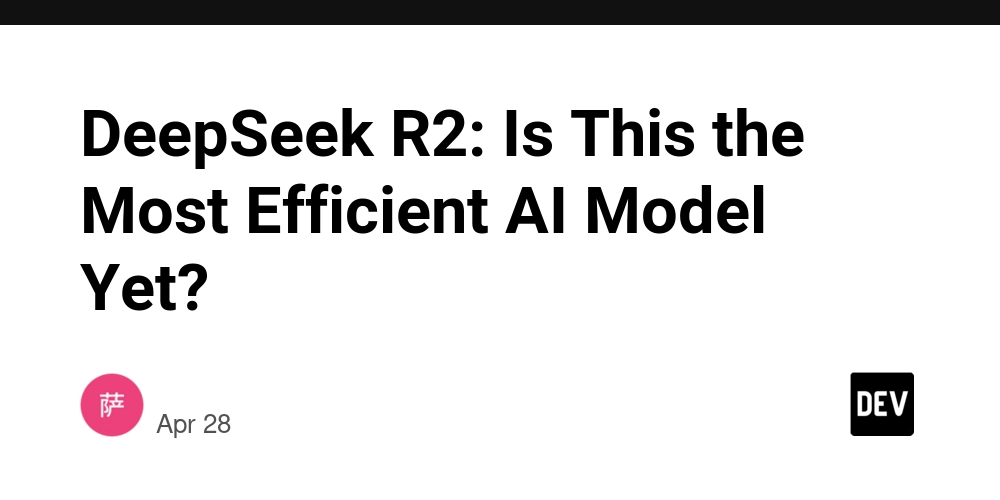
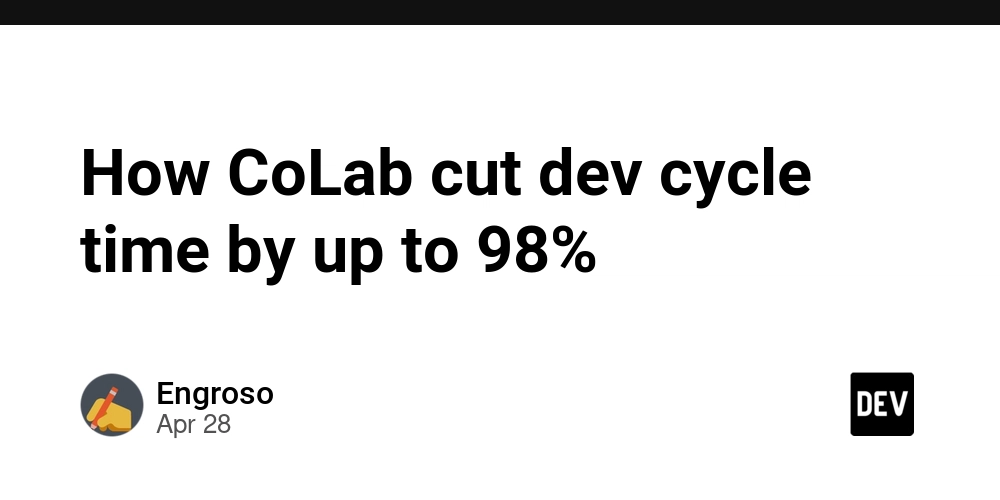
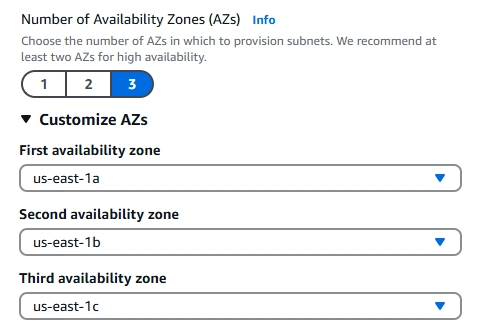














![[DEALS] Koofr Cloud Storage: Lifetime Subscription (1TB) (80% off) & Other Deals Up To 98% Off – Offers End Soon!](https://www.javacodegeeks.com/wp-content/uploads/2012/12/jcg-logo.jpg)










































































































































_Muhammad_R._Fakhrurrozi_Alamy.jpg?width=1280&auto=webp&quality=80&disable=upscale#)
_NicoElNino_Alamy.jpg?width=1280&auto=webp&quality=80&disable=upscale#)








































































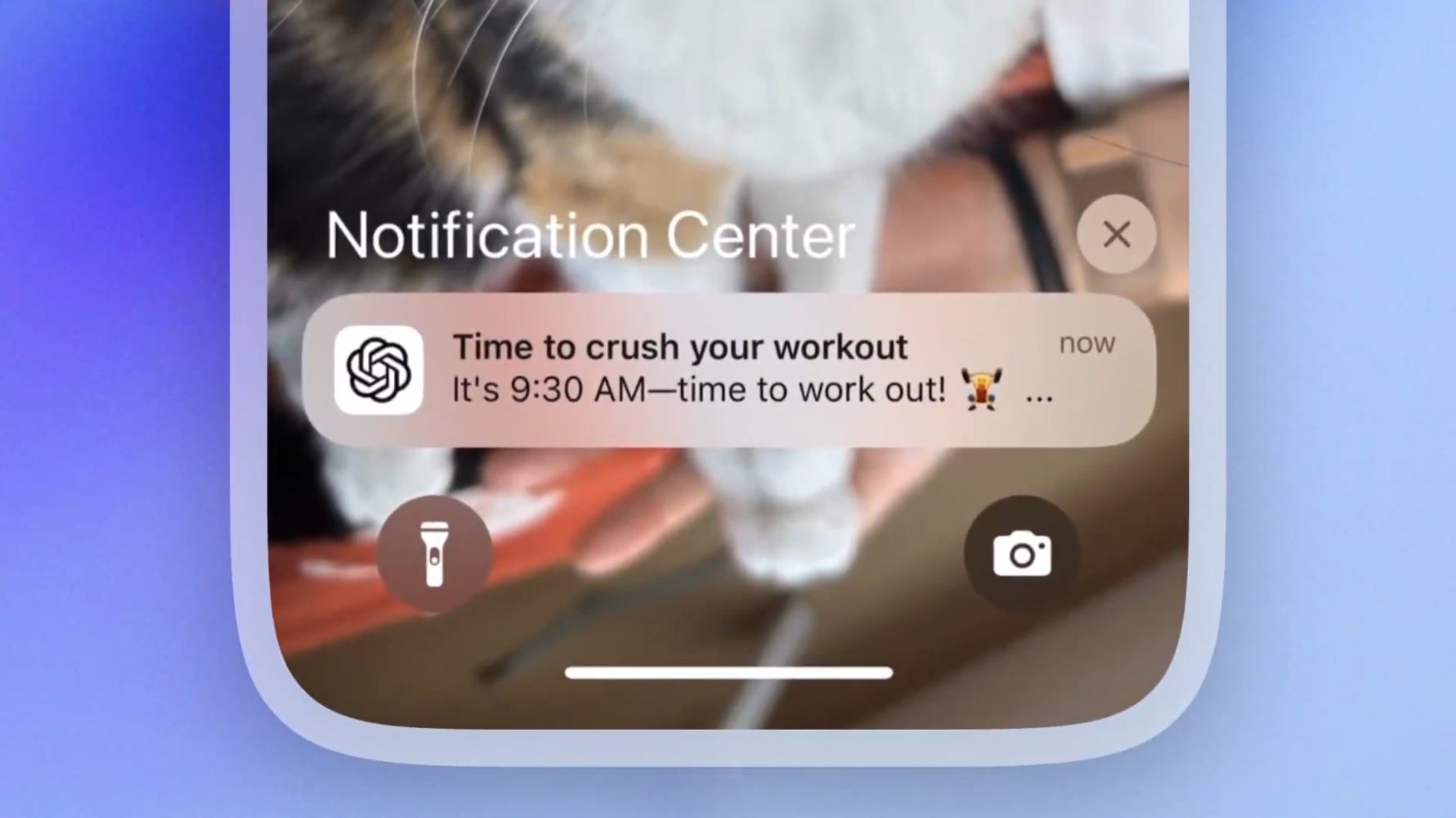
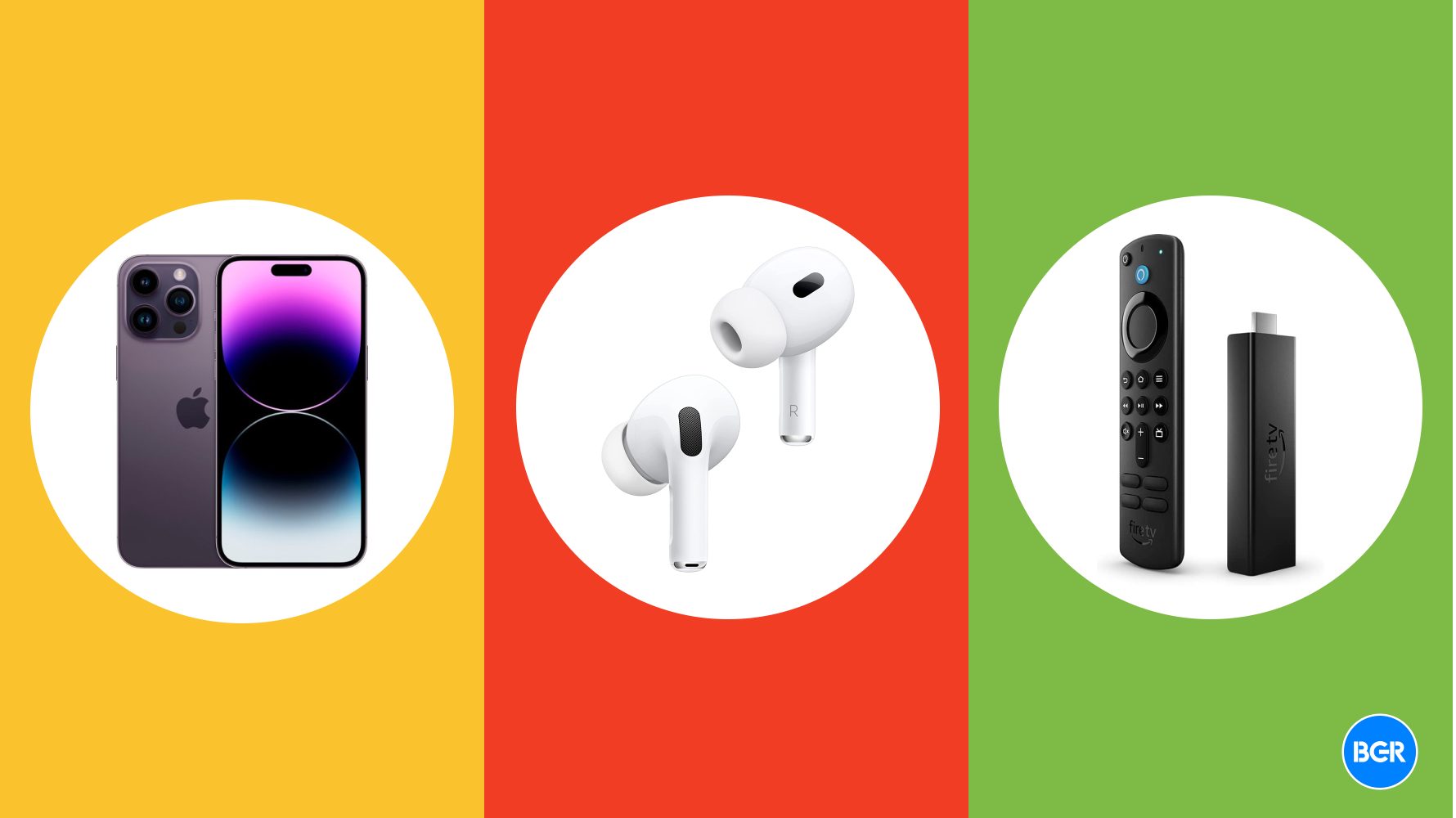





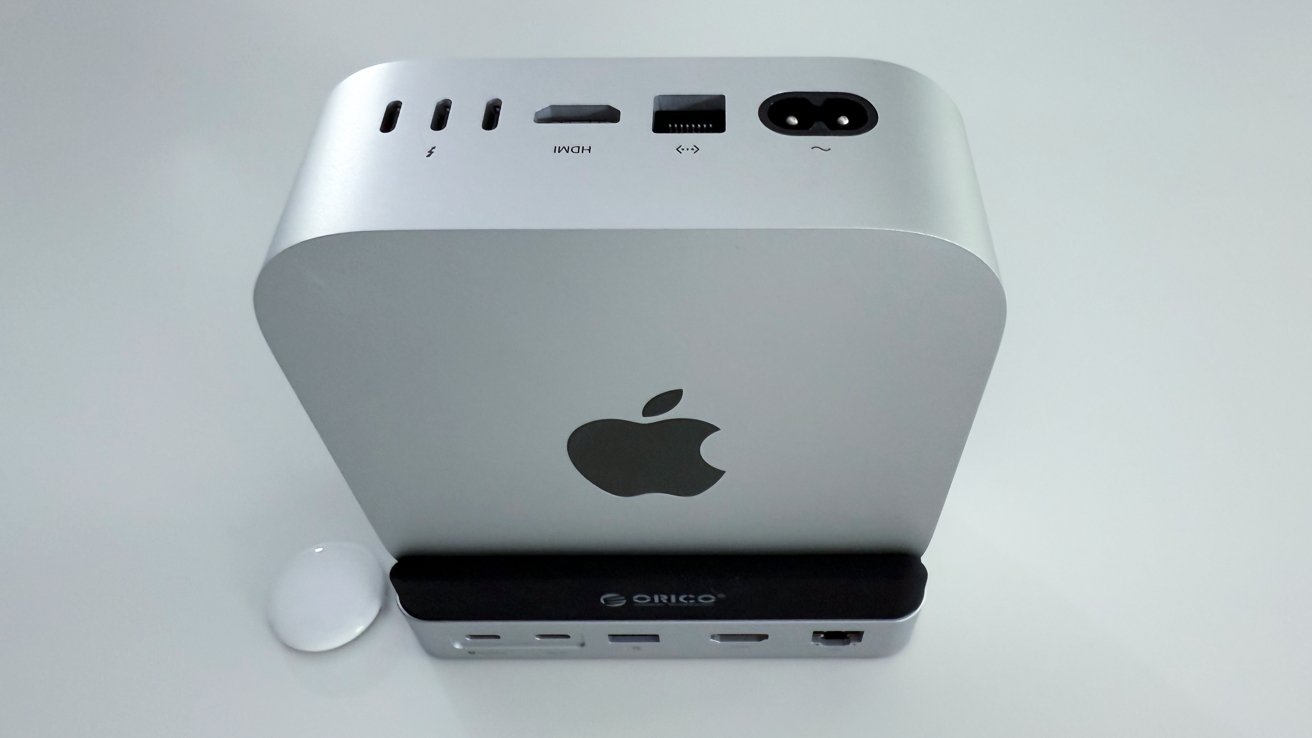

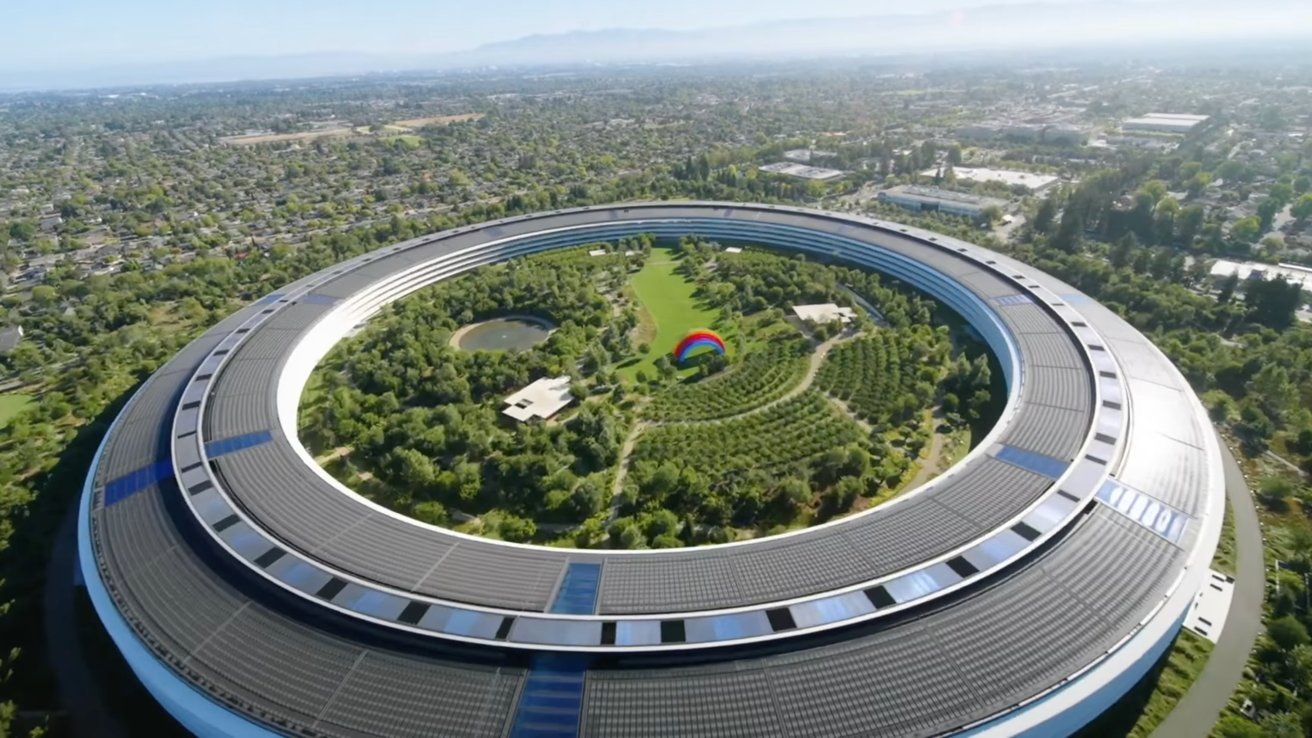

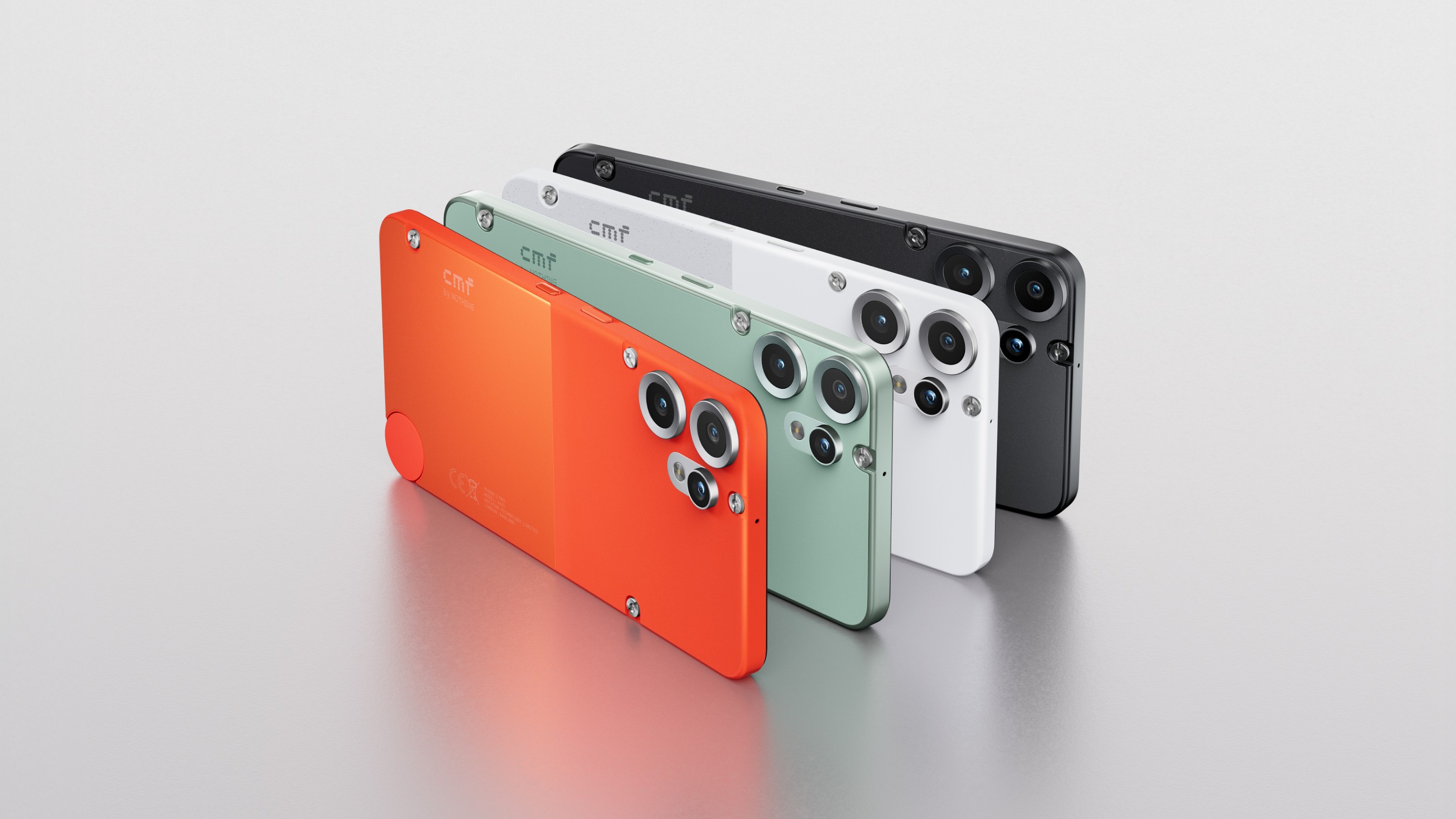


























![M4 MacBook Air Drops to Just $849 - Act Fast! [Lowest Price Ever]](https://www.iclarified.com/images/news/97140/97140/97140-640.jpg)
![Apple Smart Glasses Not Close to Being Ready as Meta Targets 2025 [Gurman]](https://www.iclarified.com/images/news/97139/97139/97139-640.jpg)
![iPadOS 19 May Introduce Menu Bar, iOS 19 to Support External Displays [Rumor]](https://www.iclarified.com/images/news/97137/97137/97137-640.jpg)













